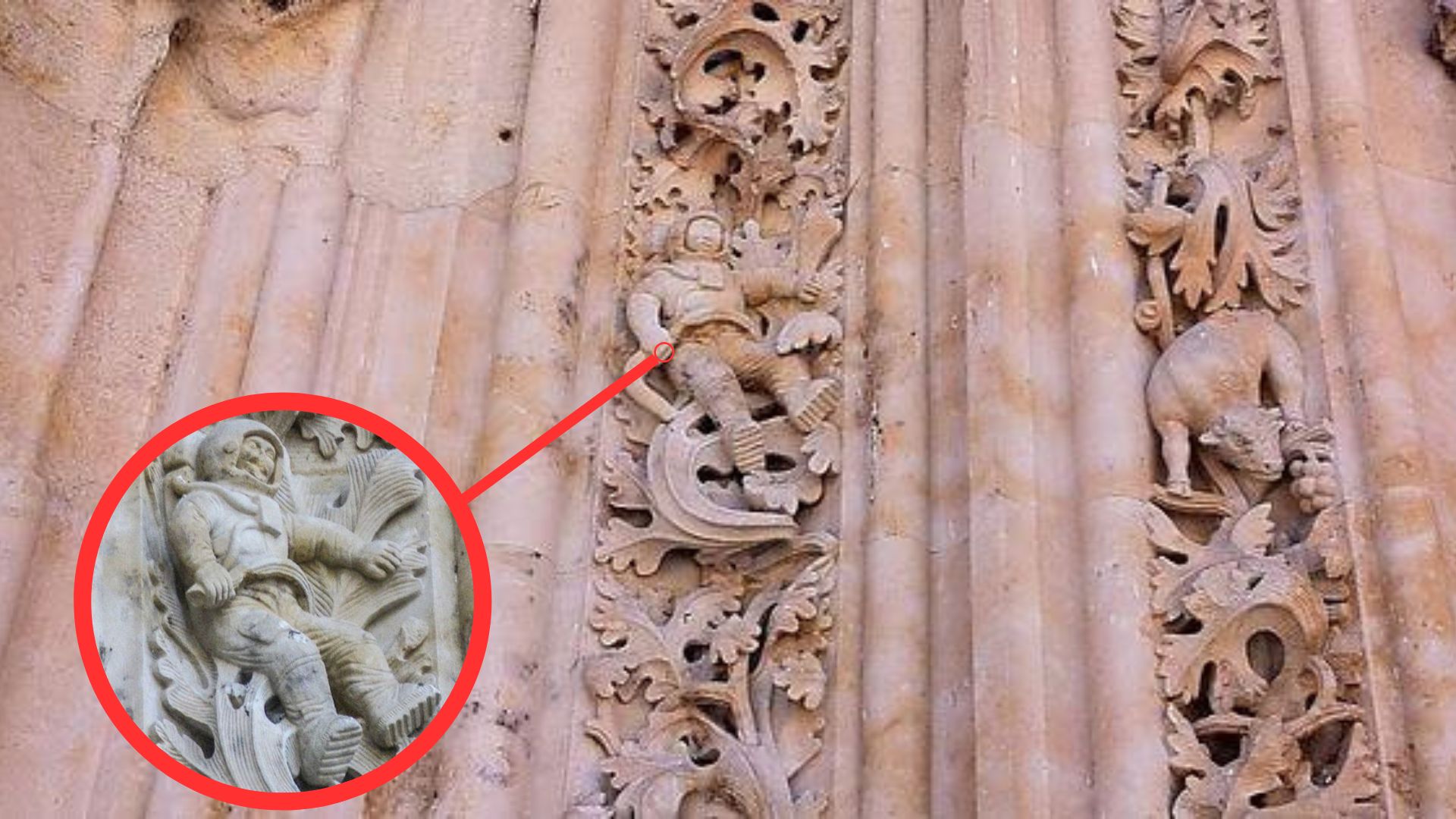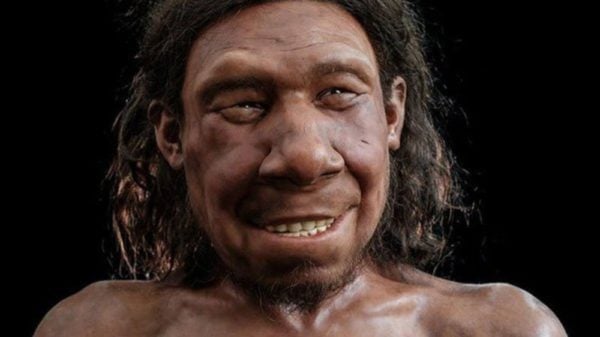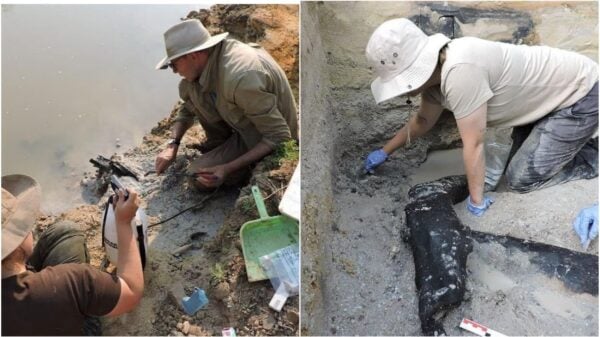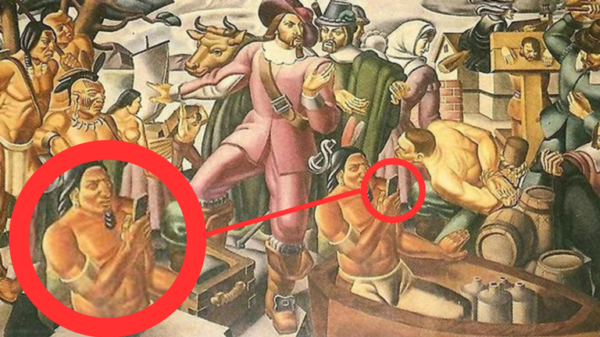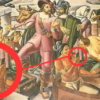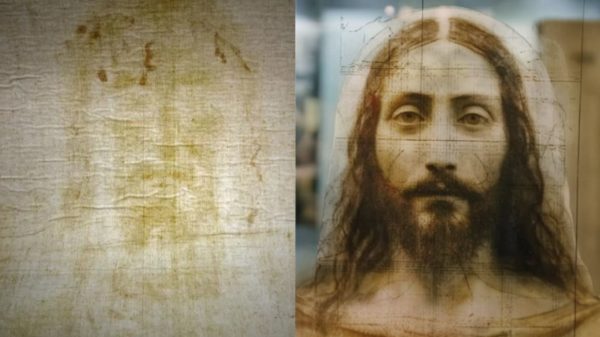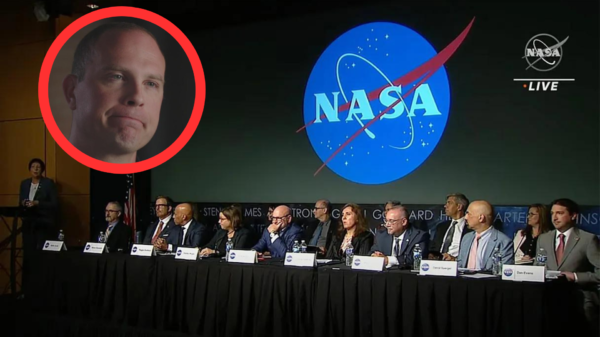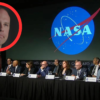In the heart of Salamanca, Spain, lies the magnificent Salamanca Cathedral. This towering icon stands as a testament to the history and architectural brilliance of 16th-century Spaniards.
The entire structure is comprised of two churches, one of which dates back to the 12th and 13th centuries, and the other of which was constructed in the 16th century. For hundreds of years, it has been one of the city’s most important landmarks and a prime example of the distinct Spanish Gothic architectural style.
And even though this iconic place of worship has captivated visitors for centuries, it is not just the old age and magnificent style that have people talking. Nestled amidst the intricate carvings on the exterior walls sits a strange and mysterious figure that has, in recent years, sparked wild theories among the time traveling community.
These theorists believe that this 16th-century carving is of a, wait for it, astronaut.
The figure is depicted leaning against intricately carved leaves. At first glance, it certainly looks like this so-called astronaut is wearing a stone space suit, complete with space boots and a helmet.
And thanks to social media, this peculiar carving has ignited a fire of speculation.
Many time travel enthusiasts are calling it “definitive evidence of time travel.”
Hop onto just about any social media platform and search for this stone-carved cosmonaut, and you’ll find a buzz of excitement, with many people sharing their thoughts on how this cosmic visitor was etched into Salamanca Cathedral.
One person tweeted, “Astronaut at Salamanca Cathedral: This statue is affirmed as absolute proof of time travel.”
Yet, while the idea of a time-traveling astronaut may sound exciting, other people have a less fantastical explanation about this celestial carving. Some say that the astronaut is actually a modern addition to the ancient structure, which was carved out during the church’s restoration work back in 1992.
Jeronimo Garcia, a local artist at the time, wanted to infuse a contemporary touch into the cathedral. So what better to incorporate than a spaceman?
Even beyond the cosmonaut, he adorned the exterior with a number of other unconventional figures, including a crayfish, a rabbit, a stork, a bull, a lynx, and a dragon, which looks like it’s enjoying an ice cream cone?
Let’s call it imaginative flair.
Although this 1992 rework brought the mystery of the Salamanca astronaut to a close, there are a few other intriguing art anomalies that are still baffling both time travel believers and art enthusiasts.
Just this past month, major news outlets reported the discovery of what appeared to be an iPhone in a painting that was created almost 90 years ago.
Umberto Romano’s 1937 masterpiece, “Mr Pynchon And The Settling Of Springfield,” predates the advent of the Apple smartphone by about 70 years. However, if you take a look at the bottom right corner of the mural, you might just see a man holding a remarkably modern-looking device to his face.
Many speculators say that he’s clearly using his thumb to scroll through his social media feed.
The mysterious gadget has stirred up plenty of speculation, prompting many art experts to give their own interpretations as to its true nature.
Some of these experts propose it might be a pocket-sized mirror or a knife, noting that these devices would have interested natives of the time just as much as a modern iPhone.
Unfortunately for art conspiracy theorists out there, Umberto Romano passed away in 1982, well before the rise of the mobile phone. It seems that we’ll never know the true intention behind this primitive yet eerily familiar object in his iconic piece.
However, this does not mean that we’re ready to give up on our wild theories about time travel.
In a world where technology is growing at an exponential rate, these instances of strange discovery can be fuel for our imaginations, reminding us that even in the most unexpected places, traces of the extraordinary can be found.
While the astronaut of Salamanca Cathedral may have an explanation that’s well, pretty down-to-earth, the allure of the unknown still beckons us to explore mysteries that lie just beyond our reach.


